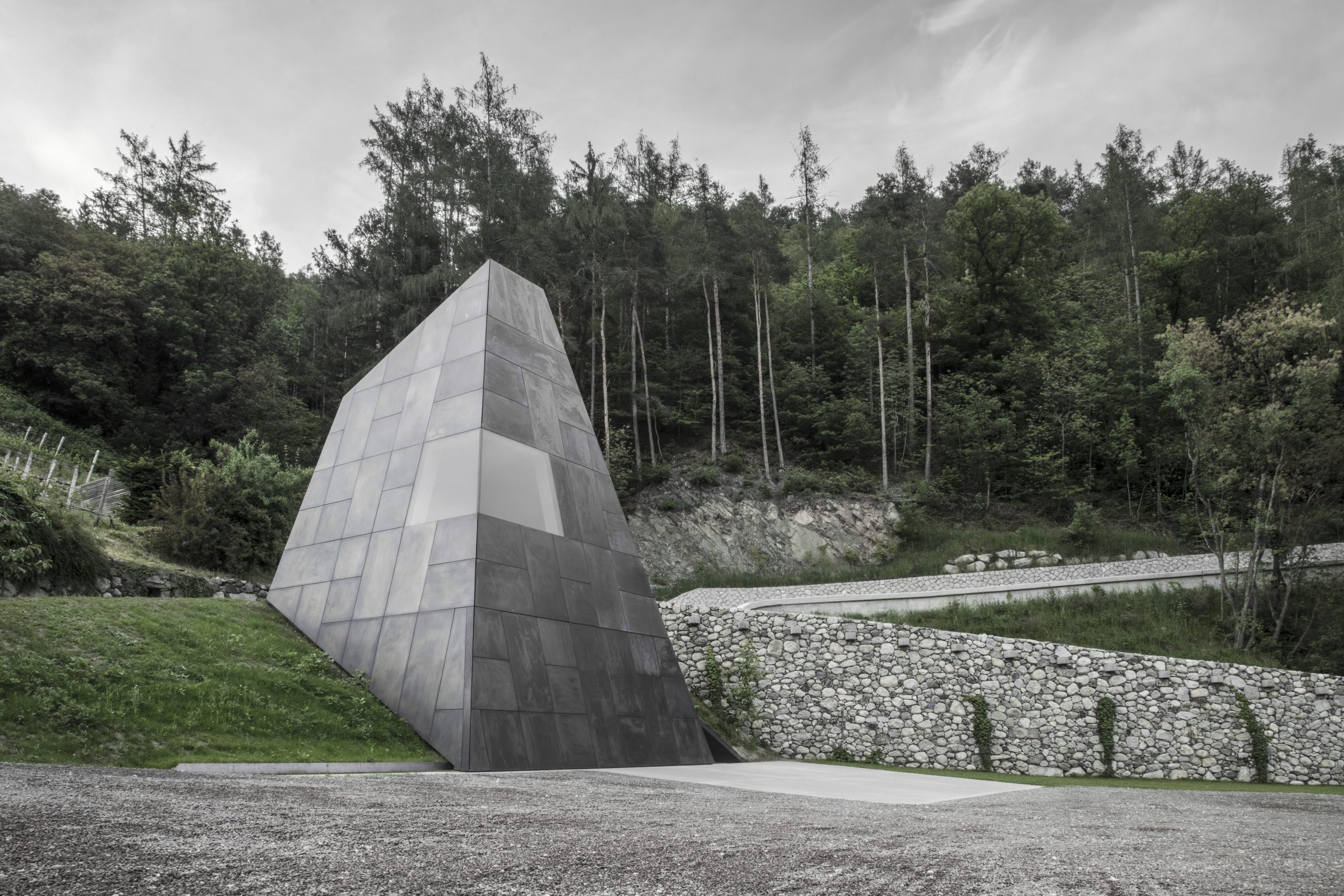
Alpine wineries: the case of a “production system” in South Tyrol
Abstract
Within the context of agricultural production, vinification has peculiar characteristics due to the sort of “sacredness” of wine and its aging process, which takes place in dedicated spaces. Starting from the end of the 20th century, the figure of the architect has been increasingly involved in the design of the wine-making buildings. Whatever the reason driving many companies in this direction, this has had global resonance and even affected the Alps: among the Alpine countries, this phenomenon has been particularly prevalent in Italy and especially in South Tyrol, a territory where contemporary architecture has been gradually emerging and where architectural competitions are more common, contributing to improving the quality of the projects.
The region has put local architects at the center: they have actively participated in this intense work on wine cellars, albeit without denying the pre-existing buildings; thus, they preserved the original production volumes and mainly intervened with extensions. However, an already well-established tourism sector has reduced the depth of this process – which has taken place rapidly and in a geographically limited area – as interventions have often focused on attracting the attention of tourists. In many cases, this approach has led to an excess of shapes, technologies, decorations and colors, creating something that resembles a sort of wine theme park. However, there are some exceptions to this phenomenon that are worth discussing.







